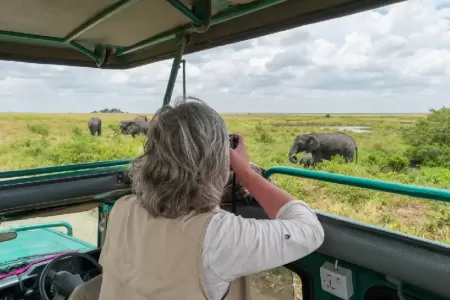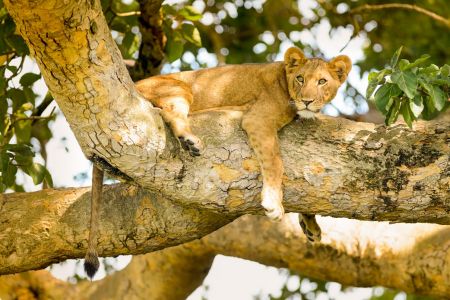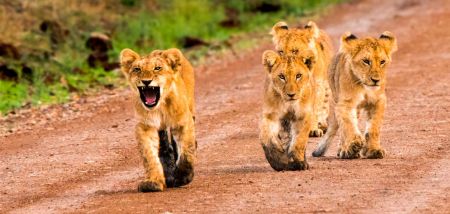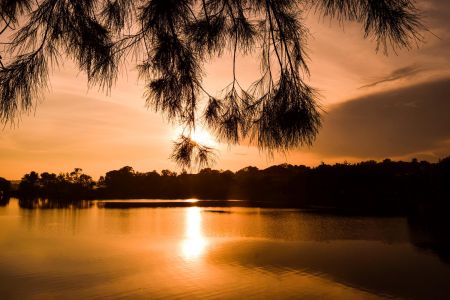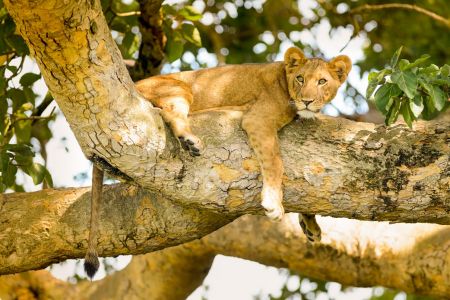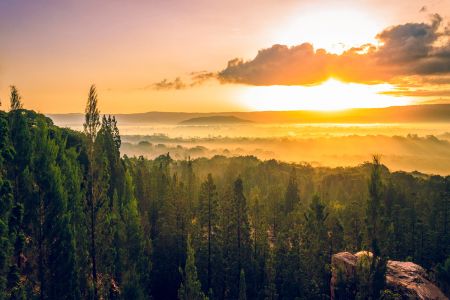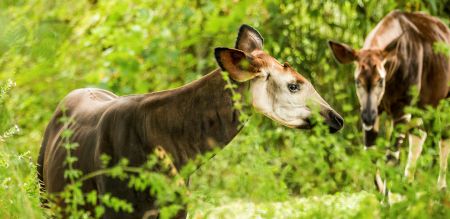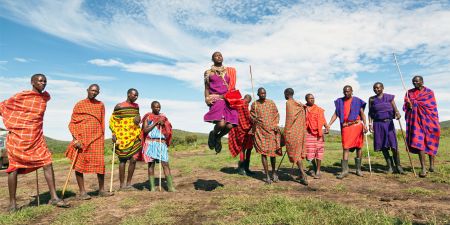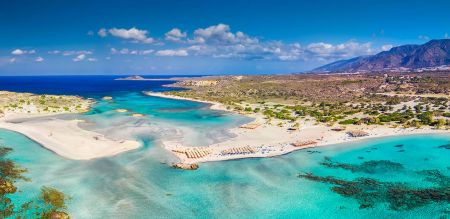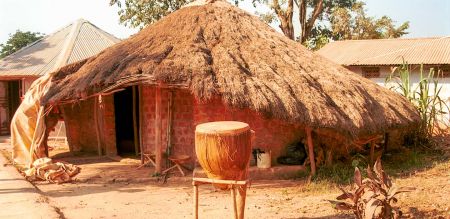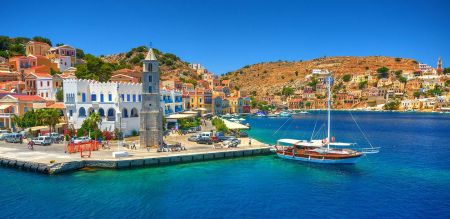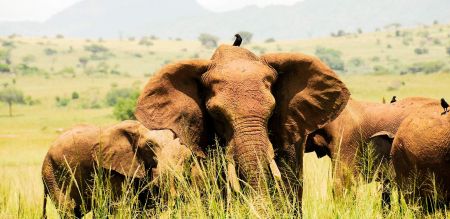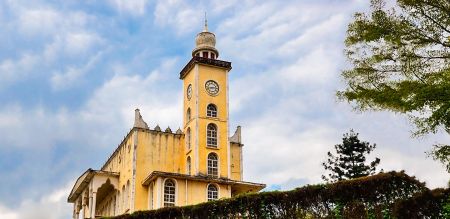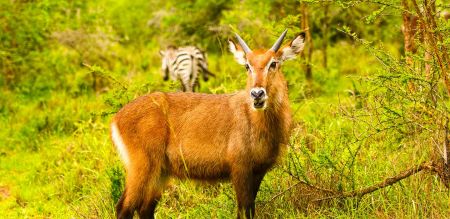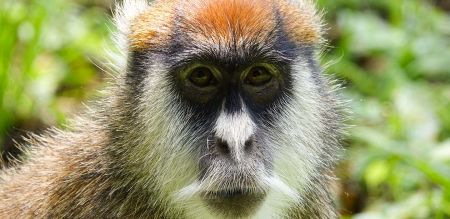Murchison Falls National Park
Few national parks can strike the perfect balance of vegetation .animal species, gorgeous looking streams, waterfalls, and rivers except for the Murchison Falls National park.

Uganda is a plethora of game parks and national reserves all distributed across its land. Murchison Falls National Park of Uganda, also named as Murchison Falls Conservation Area MFCA, is one of the few parks that is able to capture both the plant variety and animal variety.
Location: Lolim, Masindi, Uganda
Size: round 3,893 square kilometers dissected by the Victoria Nile
Year of Establishment: 1952
A Glance on History
The first Europeans to enter and find this treasure trove of exotic beauty were Explorers John speke and James grant. Later it was thoroughly inspected by Samuel and Florence Baker.
In addition, in between 1907 and 1912 the local inhabitants had to be relocated due to the spreading of the sleeping sickness through Tse Tse flies.
Finally, in 1952s the Murchison Falls National Park was established under the British administration now managed by the Uganda Wildlife Authority.
Wildlife of Murchison Falls Park
Animals
The park is home to over 76 species of mammals including four of the “Big Five” as well as Uganda's largest Nile crocodile population. Huge herds of buffaloes, elephants, leopards and lions reside at the park.
In all Uganda, Giraffes can be spotted in Murchison Falls National Park and Kidepo Valley.
Other wildlife species include Jackson’s hartebeest, waterbucks, bushbucks, Uganda kob, and warthogs. Resident crocodiles and hippos as well as other, visiting wildlife are found along the river.
Birds
The park is home to a variety of birds with 451 species recorded. The species include the Shoebill Stork, the Goliath Heron (the largest heron in the world) and pairs of elegant Grey Crowned Cranes.
Along the banks of the Nile, there are the Blue-headed Coucal, Swamp Flycatcher, Squacco Heron, African Jacana, Sandpipers, Denham’s Bustard, Abyssinian Ground-Hornbill, Black-billed Barbet, Black-headed Gonolek.
Adding to the list, Eastern Grey Plantain-eater, Piapiac, Silverbird, Weaver Birds, Pied, Giant and Malachite Kingfishers, Red-throated Bee-eater, White-browed Sparrow Weaver, Speckle-fronted Weaver and African Quail-Finch.
Customize Your Dream Vacation!
Get in touch with our local experts for an unforgettable journey.
Plan Your TripClimate & Best Time to Visit
The best time to visit: December to February.
Peak season: June To September.
Low season: March to May, October and November.
Best weather conditions: June and July.
Worst Weather conditions: April and May, August and October.
Dive in…
The park experiences a dry season and a wet season. The dry season lasts from December to February and from June to September. The wet season is from March to May, and September to November.
Activities to Do during Each Season
The best time to visit Murchison Falls National Park is all year round. During the dry season, it is when the animals are drawn to the water sources, which make them easier to spot.
It is also when trails for tracking chimpanzees become clear and the weather conditions are perfect for a game drive.
During the wet season, the park vegetation is lush and green and a pleasure to the eye. It is the best time to go bird watching in Murchison Falls National Park.
There are a lot of various bird activities where there are lots of migratory birds in the park at this time, besides many of the residence birds are in breeding plumage.
Wet season also marks the lower seasons which means there are fewer people there.
Things to Do in Murchison Falls Park
1- Murchison Falls
Murchison Falls is the main attraction of the park. The best view of the falls is from the top when you can spot the sight and the sound of the nile.
2- Game Drive
Composed of wetland, woodland, tropical forest and savannah, the park is perfect for game drives. Lots of animals can be spotted during the activity including lions, elephants, hippopotamuses, warthog, Rothschild’s giraffe, Cape buffalo, and Uganda kob.
You can also get to enjoy a picnic at Nyamsika Cliffs with the view, the water below and the elephants and other wildlife on the green grassy hillsides.
3- Launch Cruise on Nile
It is one of the must things to do while being in Murchison Falls Park. The cruise takes off from Paraa to the foot of Murchison Falls (17 km).
You will find hippos, crocodiles, buffaloes, elephants, waterbucks along with a variety of birds like herons, ducks, cormorants, bee-eaters, kingfishers, fish eagles, and at times the rare shoebill on the banks of the River Nile.
Additionally, enjoy a boat trip from Paraa to the Delta (28 km). It takes around 4 to 5 hours, scheduled from 9 am to 2 pm everyday.
4- Nature Walks
Nature walks are not very accessible across destinations in Africa. However, it is a great experience where you get to walk on foot with a guide.
It is an opportunity to view most of the animals and birds up close. Nature walks are very well known in Rabongo Forest, Top of the falls and Kaniyo Pabidi in Budongo Forest.
5- Birdwatching


